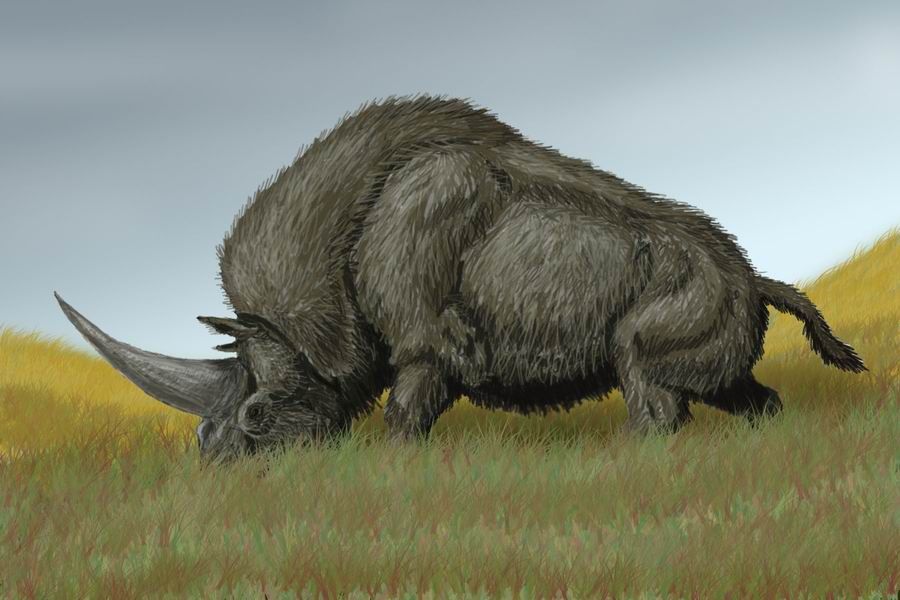
Unicorns are real! Haven't you heard?
There are dozens of stories on the Internet today claiming that unicorns really did exist at the same time as humans. But a recent study that these claims are based on doesn't support this premise.
Some quick backstory: Scientists from Tomsk State University in Russia recently found a small skull fragment of a long-dead rhino known as Elasmotherium sibiricum, or if you prefer, the Siberian unicorn. It's so named because it had a large horn on its forehead that looks sorta like a unicorn—except that the creature was about 15 feet long and between 8,000 and 10,000 pounds, Forbes noted. The animals were also thought to have gone extinct about 350,000 years ago.
However, as the scientists described in a study published in February in the American Journal of Applied Sciences, they have radiocarbon dated the remains of a new specimen found in Western Siberia, which suggests the creatures survived significantly longer in this area, not dying out until 29,000 years ago.
"Most likely, the south of Western Siberia was a refugium, where this rhino persevered the longest in comparison with the rest of its range," said paleontologist and co-author Andrey Shpanski in a statement. "There is another possibility that it could migrate and dwell for a while in the more southern areas."
There were, of course, humans in this area at that time, which means it's possible that the two species encountered each other. But that doesn't mean these animals had any role in the development of stories about unicorns, which are, as you probably know, magical horse-like creatures with smaller, thinner horns.
The scientists based the study on the finding of a small skull fragment that matches those of other Elasmotherium sibiricum specimens. But other similar specimens will likely have to be found before this finding is confirmed.
Until then, anybody wanting to hang out with a real-life unicorn (of the sea) can seek out narwhals, whose tusks are thought by some scholars to be the basis for unicorn horns.
Uncommon Knowledge
Newsweek is committed to challenging conventional wisdom and finding connections in the search for common ground.
Newsweek is committed to challenging conventional wisdom and finding connections in the search for common ground.
About the writer
Douglas Main is a journalist who lives in New York City and whose writing has appeared in the New York ... Read more
To read how Newsweek uses AI as a newsroom tool, Click here.








